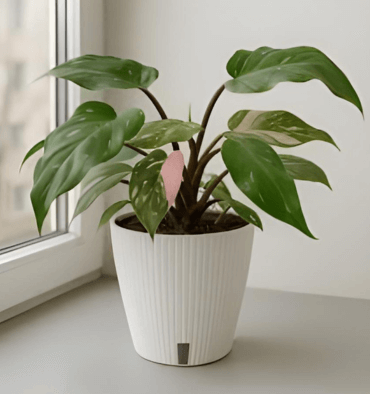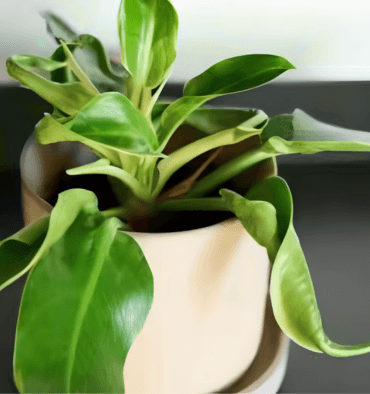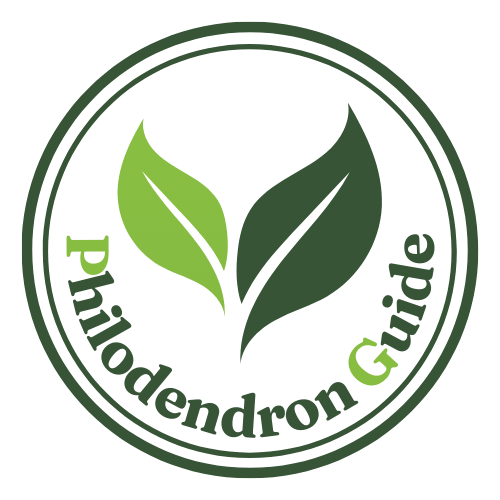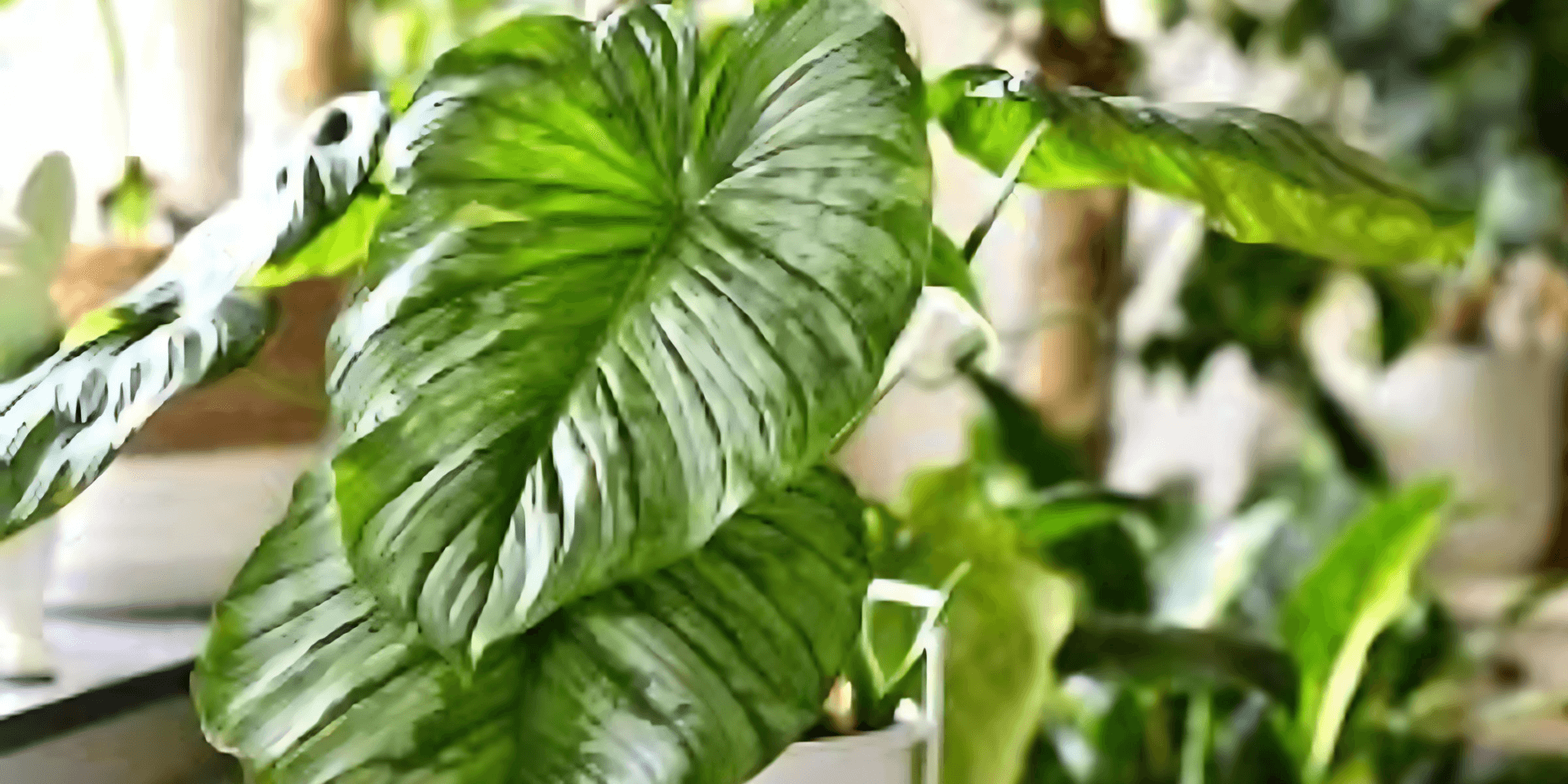INTRODUCTION:
Why Does Direct vs Indirect Sunlight Matter for Philodendron Plants?

Direct vs Indirect Sunlight Philodendron care is essential for healthy indoor gardening. Philodendron is one of the most preferred plants for an indoor garden as it features gorgeous and luxuriant leaf foliage and does not require too much care. However, like all plants, they also require appropriate light conditions to flourish. The type of light output whether direct or indirect can determine the level of growth, general health, and appearance of the philodendrons in question. Therefore, what are the effects of direct vs indirect sun rays on philodendrons? Do not worry; this article doesn’t disappear after providing such brief information. It progresses into bringing out all the essentials that will help you care for your plant.
Understanding the concept: What is direct and indirect sunlight light for Philodendron?
Now that we have outlined all the above, we seem to be ready to tackle the topic of the month, how or in what manner different kinds of lig1ts affect your philodendron. However, it may be important to first discuss the concepts of direct and indirect light since all photographs should be taken with one any type of light.
Direct vs Indirect Sunlight Philodendron: Direct Sunlight Effects
This is the unfiltered sun rays that touch the plant from wherever the sun is situated at that moment. It is usually very strong and can be very hot in split seconds especially at noon.
Direct vs Indirect Sunlight Philodendron: Indirect Sunlight Benefits
This is where the light has to pass through or be beneficial to the plant only indirectly. Examples of such include too unnecessary a sheer curtain, a window that does actually not face the sun or even a wall a little prone to sun exposure. Indirect light is softer and easier for most of the indoor plants particularly the philodendron.
Ecological Aspects of Habitat in Philodendron:
Philodendrons are known to be found in the tropical rainforests of Central and Southern America. In the wild, they are usually found below a higher growth of woody plants, which means that they experience diffused light coming from the sun rather than direct sunlight. Coping up philodendrons in a room where they are below the exposure requirements can actually be remedied by knowing how such situations occur in the natural habitat.
Why Are Some Philodendrons Sensitive to Direct vs Indirect Sunlight?
It is possible for too much sun to be detrimental to philodendron plants. Few direct suns are ok within one or two hours of dawn or one or two hours before dusk but extended sun especially at noon may burn the leaves permanently.
Direct vs Indirect Sunlight Philodendron: Signs of Too Much Sunlight
There are bound to be certain signs or symptoms indicating that the philodendron is not happy with the amount of light that is thrown on it. The signs are:
Yellow or Brown Patches:
The leaves can be yellowed or even have some brown patches as if it got sunburnt.
Crispy Leaf Edges:
Edges of leaves may turn dry and crispy.
Leaf Curling:
This may happen when the leaves begin curling to the underside to prevent excess light from reaching them.
In such instances, if such operations are done without adjusting the amount of light the plants will be exposed to, then problems will be experienced.
How Indirect Sunlight Affects Philodendron
Philodendron enjoys indirect sunlight. This allows enough light for the process, which is beneficial for the plant, without excess. Ample, indirect light promotes the normal growth of the plant, resulting in large and healthy leaves.
Advantages of Using Indirect Light for Philodendrons
The use of indirect light is advantageous as it replicates the natural settings that are found in the case of philodendron plants. The advantages of indirect light are:
Vibrancy of Leaf Color:
Green leaves remain green and do not pale.
Even Growth:
The plant is at an even height, does not elongate, and there is not too much distance in the spacing of the leaves.
Chance of Burn is Less:
There is reduced leaf burn and damage due to exposure to indirect light.
What You Should Expect when Growing a Philodendron Under Indirect Light

After some time of indirect light, a philodendron will have big, shiny and green leaves and will also grow upwards in a uniform manner. The plant will appear full of leaves, with the leaves being healthy and large. A full-looking philodendron that constantly puts forth new leaves indicates that the plant is in adequate light.
Direct vs Indirect Sunlight Philodendron: Best Indoor Placement Tips
When considering light conditions for your philodendron, it is important to consider placement. For a philodendron, the best placement is said to be within proximity of a window facing east or north. Such windows are ideal because the light is soft and evenly distributed. If, however, there are west or south-facing windows, it is advisable to block this sunlight with a curtain.
North, East, South, or West-Facing Windows: Which Is More Optimal?
East Facing Windows:
Such windows show the importance of philodendrons in the house as they offer light that is not too bright.
West-Facing Windows:
Since it is a west-facing window, it will experience direct rays of the sun from noon until late in the afternoon. It is recommended that one put on curtains.
North Facing Windows:
these windows give low light; however, they give good average daily light to houseplants thus good for philodendron.
Curtains and Light Control: Direct vs Indirect Sunlight Philodendron Needs
If all you have is windows facing either west or south, all is not lost; sheer curtains can be your best friend. The demolition of plants is impossible under balloons covering a windowsill. By filtering the intense rays, curtains convert and diffuse the light to brighter light that philly’s love. In this manner, your plant will have all the bright light that you want without the potential ring of the leaves from the bright light.
Identifying Problems Related to Light in Your Philodendron
Such plants will definitely show signs if they are not receiving the right type of light. If there is a situation where a plant is not receiving enough light, it will tend to stretch out, developing long internal spaces between the leaves. The leaves may also be undersized as well as lose their bright color. Alternatively, if the plant receives sufficient light, an abnormal amount of photosynthesis will be seen, such as the yellowing or browning of the green leaves and dry leaf margins.
Direct vs Indirect Sunlight Philodendron! Within Light Requirements and Light Management Practices:
In case of failure to thrive, however, it is advisable to make light adjustments. If a plant needs more light, slowly increase the duration as well as the exposure of the plant to the window. Too close to the window and too far from the window also cause potential problems from the plant’s perspective. So letting the amount of low light be exposed to and to the plant’s normal balance is ideal especially for sick plants
Light Dos and Don’ts:
Keeping in Direct Midday Sun:
The main issue with this is sunburn to the leaves, and thus permanent damage.
Seasons Definitely Don’t Change the Irradiation:
No matter the season, there will be light. Unfortunately, winter becomes a problem for many plants regarding light. With winter, it usually means moving the plant further from the light source, and for winte,r you have to do the opposite.
Imposition of Order without Rotating the Plant:
Rotating your philodendron every few weeks ensures that all sides receive equal light and there are no discrepancies in growth.
Conclusion:
Surprisingly, philodendrons do well in bright, indirect light. They should not be positioned under direct sunlight for too long, as their leaves might dry out and change position every few months. If you provide sufficient light in a proper way it would be as if your philodendron has been planted in the rainforest.
Frequently Asked Questions:
Are philodendrons Examples of plants that can take direct sun?
They can stand a little direct sun in the morning or late afternoon, but excessive exposure will harm the leaves.
What sunlight is best suited for philodendrons?
Most people will say it is bright and indirect light.
How do I tell when it’s time to move my philodendron further away from sunlight?
Over-exposing the plants to sunshine shows manifestation of yellowing or browning patches, crispy edges and leaf curling.
Is it advisable to put my philodendron close to the western window?
It is okay to do that; however, using a sheer curtain to break the overly strong midday sun would be ideal.
How many hours of light is a philodendron expected to be exposed to?
It takes around 6-8 hours of bright but indirect light.
What happens if my philodendron doesn’t get enough light?
Growing light is inadequate and consequently, it may become leggy with long spaces in between the leaves as well as lose the full green color.
How bright does my philodendron have to be?
This one is yes; a full-spectrum LED grow light is a good option for the purpose of additional lighting.
Why are some of my philodendron leaves turning yellow?
The yellow leaves are caused by too many sun restrictions or not enough light.
How do I achieve indirect light for my philodendron?
You can do this by using sheer curtains to cover the window or by positioning the plant close to a window which faces east or north.
Should I rotate my philodendron?
Yes, a series of repositioning of your plant within specific intervals in a few weeks ensures that it is supplied with an even light and growth.

